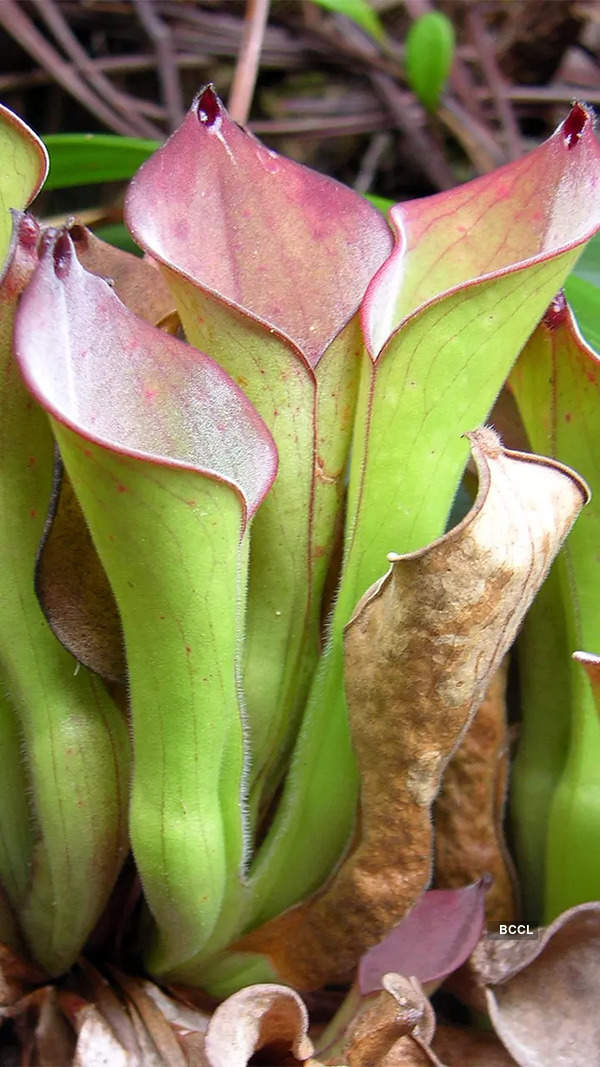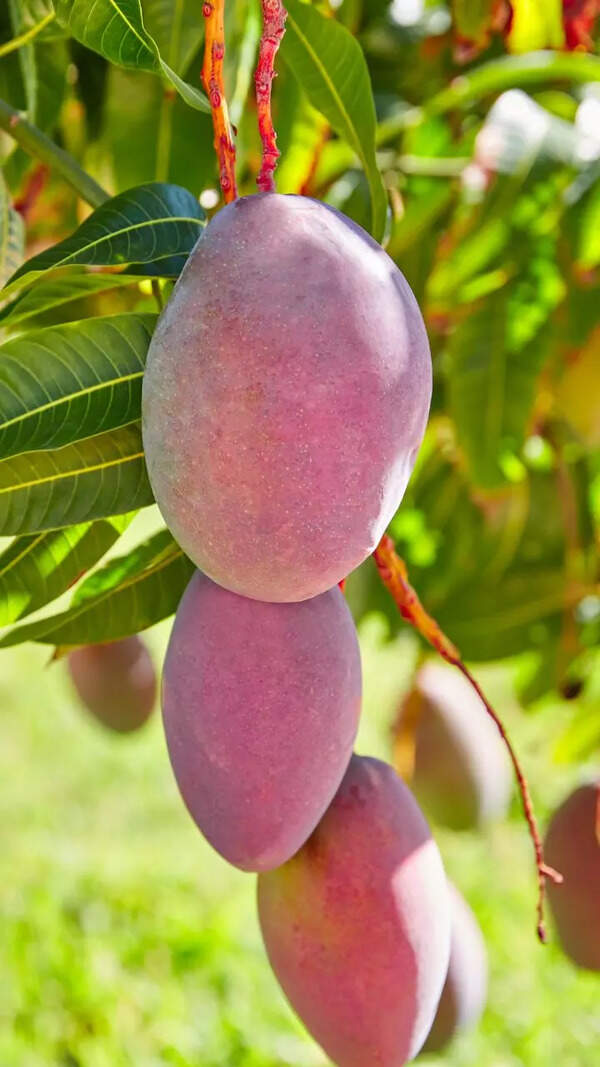- News
- India News
- Times Evoke News
- ‘Gullah Geechee slaves enriched America with rice — they engineered rivers but had no voice’
Trending
‘Gullah Geechee slaves enriched America with rice — they engineered rivers but had no voice’
People and the produce they grow are deeply interwoven on our planet. Srijana Mitra Das at Times Evoke speaks with two researchers in America bringing this fact up to light — from water:
Every grain we eat is rich with history. Mark Wilde-Ramsing and Joni T. Backstrom are excavating this past — from rivers. The duo’s study on the Gullah Geechee region, spread from southern North Carolina to northern Florida, unearths the history of a trafficked people — whose unpaid labour grew America’s riches.
Backstrom says, ‘Gullah Geechee is on the coast, with Cape Fear, a major northern river, running through it. This was an important waterway for ports, naval stores — and rice. In the early 1700s, the area had pond-fed rice cultivation — then, from the late 1700s, tidal cultivation began, deploying riverine tides, all the way down to Georgia and South Carolina, to push water in and out of rice fields. These marshy lands were banked up with levees and dams. The entire system was highly labour-intensive and completely hand-done, from clearing forests to digging canals — and it relied entirely on enslaved Africans.’
Wilde-Ramsing elaborates, ‘These people were captured from the Senegambia region of West Africa — they had great expertise in growing rice and were targeted specifically for that. As the American southeast coast had a similar swampy, humid environment, they were forcibly transplanted there. Most workers came from West Africa but the boat captains, etc., hailed from different parts. So, this stretch of Eagles Island, named after Richard Eagles, a British plantation owner, saw a commu nity confined in a very isolated place, where a unique language and culture took root. This became known as ‘Gullah Geechee’ and many of its traditions, based on rice, have endured.’

THEIR UNSUNG GENIUS: The Gullah Geechee made rice gates (above) to control tidal inflow into fields — their technology, like now-submerged posts, is seen via sonar imagery / Courtesy: M. Wilde-Ramsing & J.T. Backstrom
The Gullah Geechee peoples’ knowledge was astonishing. Backstrom says, ‘They figured out how to control riverine tides — they conducted hydraulic engineering, using levees, sluices, etc., which let water in four to five times a year during a full moon. The fields were cordoned off into large tracts, one-acre plots also having small canals — each was hand-planted, with expert understanding of flooding, draining and managing engineering. This was far more complicated than working in regular fields.’

Wilde-Ramsing says, ‘The slave workers also cleared swamps — they’d likely use local cypress and pine trees to hand-build these wooden engineering structures across and along canals. We’ve classified major and minor water control structures. Many are underwater now but we’re getting indications of what they look like through sonar imagery.’

Sonar imagery
What made the researchers aware of this entire technological network, buried inside riverine depths? Wilde-Ramsing explains, ‘I’m a career archaeologist. I worked for the state of North Carolina for 35 years and retired as Director of the Underwater Archaeology Program. As a rower, I also regularly traverse the Brunswick River across Eagles Island.
Archaeologists always look for pieces of pottery, arrowheads, etc. — as I rowed, I could see traces of structures in the waters there which were certainly human-made. These weren’t documented, so the government didn’t know about them. I began marking what I saw and told Backstrom.’ As the latter, assistant professor in environmental sciences at the University of North Carolina-Wilmington, specialised in shallowwater sonar, the duo decided to dive in.

THE TIDES OF TIME: The waters of the Brunswick river have covered many engineering systems the Gullah Geechee people made to grow and transport rice across these swamps — but memories of their extraordinary work remain in art, songs and newly-discovered sites
A customised sonar system allowed them to delve shallower. Sonar technology, based on sound, not light, produced photograph-like images of canal beds, even in turgid waters with low visibility. Traversing 2,000 acres over the creeks, the duo found 45 angular water control structures — over two years, they mapped and registered these with the state of North Carolina, so the sites could be preserved. They are now also using drone technology as a tool.
Understanding these canals, where science turned mosquito-infested swamps into shining profits, is important. Backstrom explains, ‘In the 1840s-50s, rice grown here rivalled cotton. It had a huge market across America and Europe, with ‘Carolina Gold’ rice recognised globally.’ Wilde-Ramsing adds, ‘Prosperous cities like Charleston in South Carolina boomed, with a lot of their wealth coming from the backs of these slaves. Some estimates find three and a half million bushels of rice were grown in the US before the Civil War began in 1861 — 70% came from South Carolina. After the Civil War ended in 1865, with no unpaid labour to work the waterways and mechanisation growing, such agriculture waned.’

OF A PALE GOLD: ‘Carolina Gold’ rice grew famed across Europe
Some traces survived. Backstrom says, ‘Gullah Geechee culture is increasingly coming to light. The community had its own language, songs and recorded conversations. Today, there is genealogical work, tracking of slave ships, DNA testing, etc., to learn about these people, trapped in a hot, lonely location, very far from their own land.

NOT A STILL LIFE: Alice R. Huger Smith’s painting ‘Mending a break in the RiceField Bank’ (above) has overseer.
Most plantation owners moved to comfortable places, putting overseers above the slaves. Our work highlights the engineering systems underpinning these fields. The Gullah Geechee folk generated enormous wealth — but they had no voice.’ Wilde-Ramsing remarks, ‘A researcher at Helsinki, studying linguistics around Senegambia, where rice is still grown, contacted us. We’d ideally like our work to connect to West Africa, coming full circle over the Atlantic, where the Gullah Geechee community suffered a brutal past.’

Slaves with tidal gate technology
TE concludes, thinking of the strange resonance ‘Gullah Geechee’ has with the Hindi term ‘gullee-kooncha’, denoting narrow lanes packed tight with people, shops and lively gossip. How poignant to imagine communities stolen from such homes and forced to labour in foreign lands to enrich others — and how true that sometimes, whole worlds exist within a grain of rice.
End of Article
FOLLOW US ON SOCIAL MEDIA










